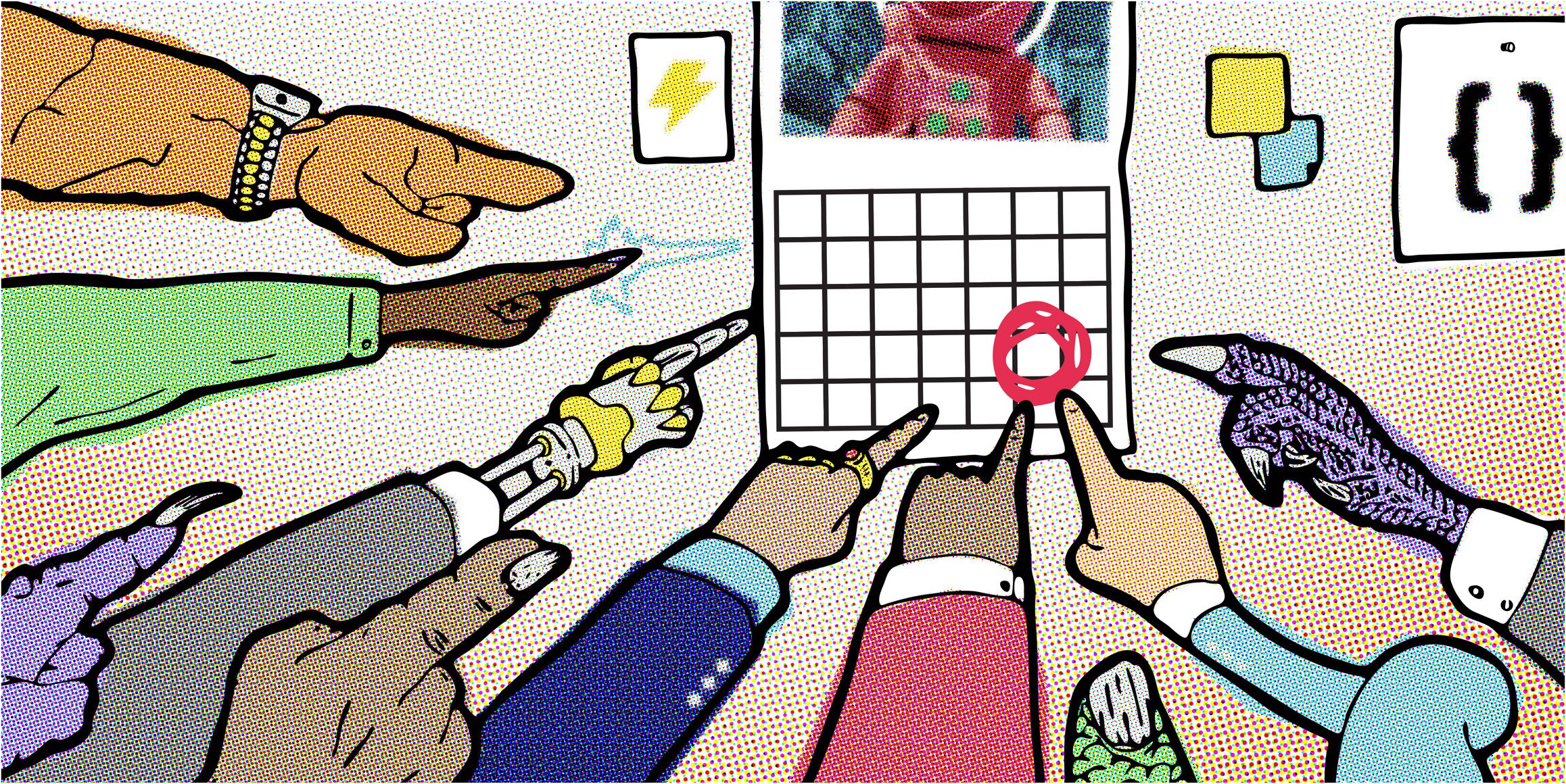When things are going well for your brand, you face a far easier marketing challenge for your products. Especially if you work at a large brand with well-established offerings, you may strike the right balance between your products and your market, and then everything seems to fall into place. Awareness is high and sales numbers are strong. So your marketing campaign should take care of itself, right?
Naturally, every marketer will accept the head start of working with products that don’t require an introduction. But your marketing team can’t simply rest on its laurels if your brand wants to stay relevant. If your campaigns just repeat the same messages to the same audience over and over again, even your existing customers will start to tune out what you’re saying.
Ensuring that your marketing remains fresh even during successful periods isn’t just the smart move to encourage consistent growth. It’s also an effective way to keep your teams fresh and focused on constant improvement for both your brand and their creative work.
Shift messaging to avoid marketing blindness for your brand
If you’re managing the marketing efforts for a mature brand, you need to consistently find a new way to tell an old story. If you’re not consistently speaking to the needs of your current and future customers, they’ll eventually gloss over what you’re saying.
For example, imagine that you drive a Ford hatchback, and you consistently see ads for the company’s F-150 pickup and all its hardworking capabilities. Even if you’re a satisfied customer, you might be unlikely to buy a truck because it doesn’t suit your needs. After repeated exposure to a message that doesn’t apply to you, you’ll eventually tune out as marketing blindness sets in.
In a case like this, the brand could alter its marketing position to better appeal to your priorities. By underscoring the truck’s storage capacity or how well a four-door model suits the whole family, the company has a greater chance of capturing your attention by underscoring how it could suit your customer's interests.
If your product remains unchanged over a long life cycle, altering your approach is that much more critical. If you’re working on a car or truck campaign, you may be promoting the same model for up to 4 years. However, even if your product’s specifications remain constant, the context surrounding your marketing remains in motion. And those shifts are well worth exploring.
By following these four factors, you can keep both your brand and your creative team performing at their best.

1. Keep an eye on current events
Aided by multiple digital platforms, news travels fast. Given how rapidly current events can shift your audience’s perspective, your brand needs to stay on top of the latest developments in the nation and around the world.
On one hand, keeping watch on the news helps mitigate the risk of your brand seeming tone deaf by launching a campaign in the immediate wake an unexpectedly tragic event. But on the other, you also have the potential to quickly tweak your messaging in a way that builds upon interest in the news.
While brands are responding faster to new developments, your social media teams are usually the best suited for responding to the topics of the day. On Twitter, Wendy’s is particularly adept at using memes, pop culture, and a sassy tone to respond to individual users, trends, and other brands. But your efforts also have to suit your brand. An air conditioner manufacturer, for instance, would be less suited to witty social media commentary.
Of course, weighing in on the news carries its own risks. During the Black Lives Matter movement last year, every brand considered weighing in. Some decided the best response was no response, given their brand identity. Others released statements they felt were aligned with their brand and, at times, faced criticism.

2. Monitor cultural shifts
Moving at a slower pace than current events, cultural changes that impact how your customers live and work should also inform your brand’s marketing. When properly applied, your ability to reflect cultural shifts in your marketing approach illustrates that you understand your customers.
Given the impact of COVID-19 on public gatherings and entertainment, many brands altered their messaging to reflect demands for social distancing or working from home. For example, every year Nintendo creates a tool that looks back on your year in gaming. Given the pandemic, the company was concerned about the feature's typically celebratory tone.
Realistically, playing 800 hours of Animal Crossing in 2020 carries a note of sadness by reflecting being stuck at home. Instead, Nintendo shifted the focus away from emphasizing groups of people hanging out together and toward compiling the types of games that were each player's favorites.

3. Understand user pain points
As cultural shifts change, so does your customers’ experience with your brand. Even though your product’s features are unchanged, its capabilities may be seen differently because it resolves customer's problem.
The pandemic introduced a variety of challenges for your consumers. Many gaming companies leaned into their abilities to form digital connections as a means to alleviate feelings of isolation. Though consumers were home alone, they could play video games with their friends using platforms like Twitch.
As your customers encounter new difficulties, you can shift your messaging to underscore how your brand’s products will help.

4. Apply a hyper-targeted approach to new audiences
Even if your product is a success, you can always find growth opportunities by reaching for new audiences. If your agency works from the assumption that every campaign can be improved – also known as PDCA – your brand can find the customers your messaging fails to reach.
From a demographic standpoint, your brand can target an assortment different audiences it may have long overlooked. For example, GM has not had the reputation of being a particularly progressive, forward-looking brand over the years. However, after a recent logo redesign, the company has also announced a new partnership with Microsoft to work on autonomous vehicles. Had the brand remained more committed to continuous improvement, they may not have had to make such broader, comprehensive changes had they been iterating along the way.
Ultimately, the more targeted your campaign becomes to a specific audience's interests and circumstances, the more effective your marketing becomes. Conversely, when you make an ad that aims to please everyone, your campaign will usually miss the target entirely.


